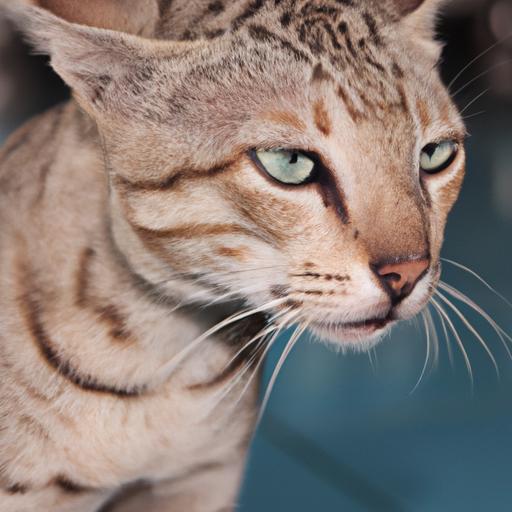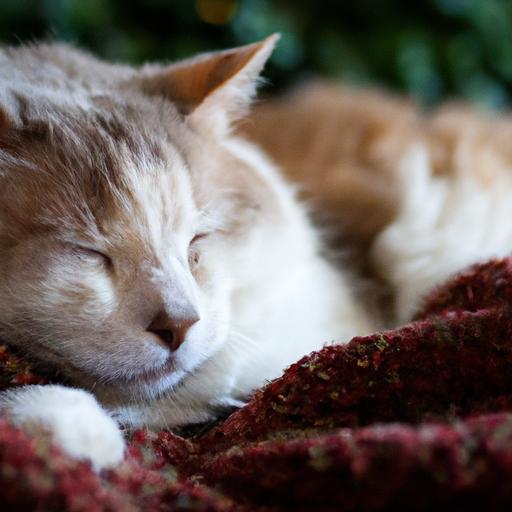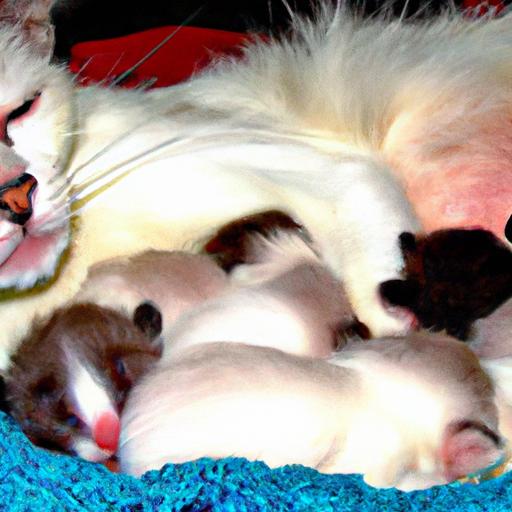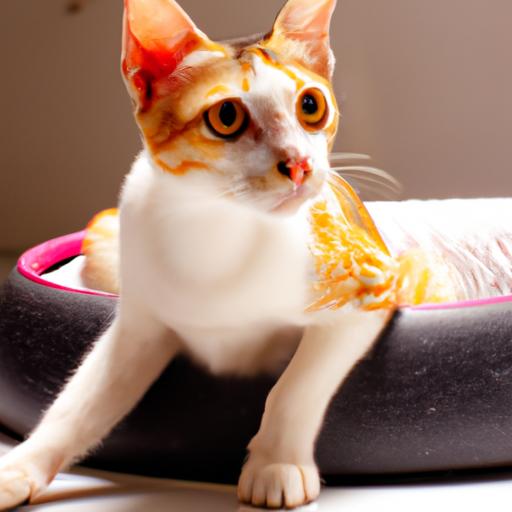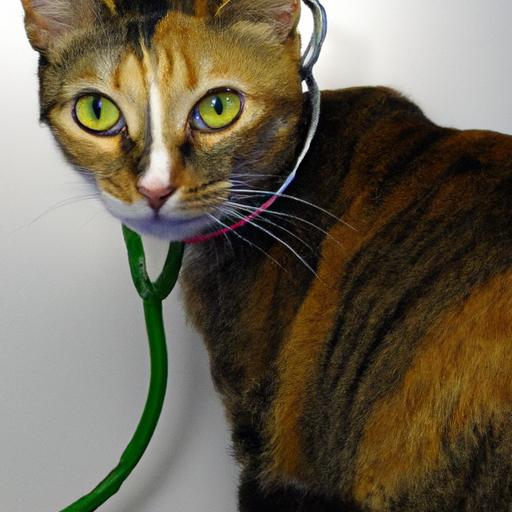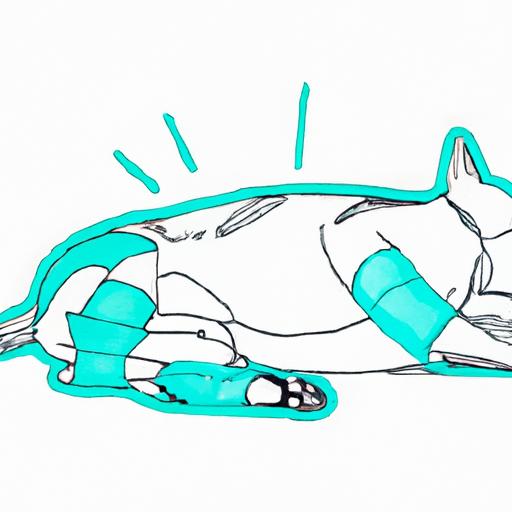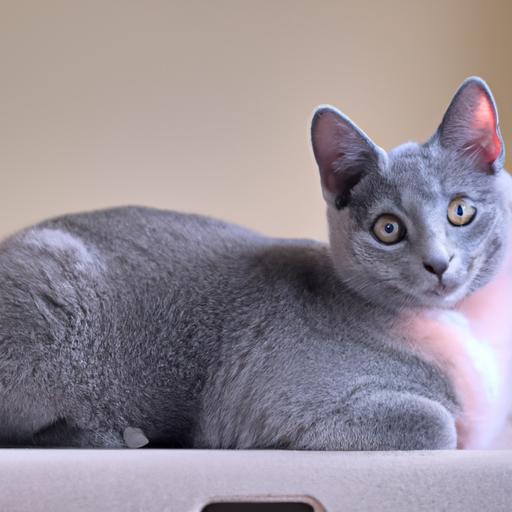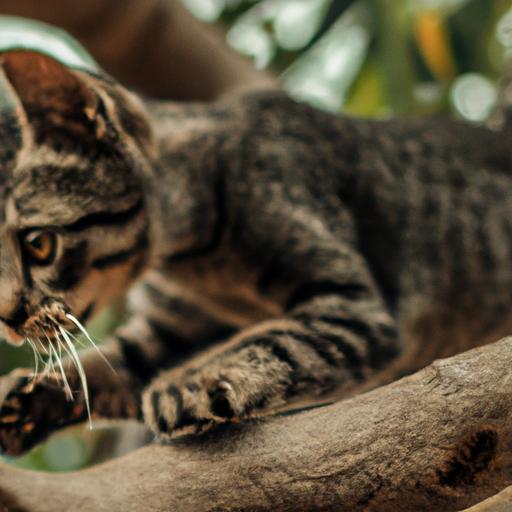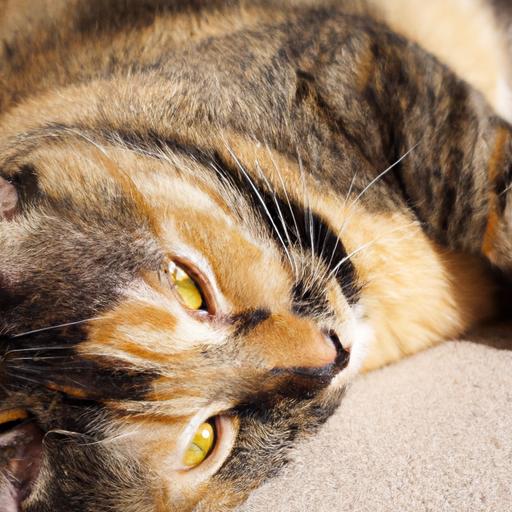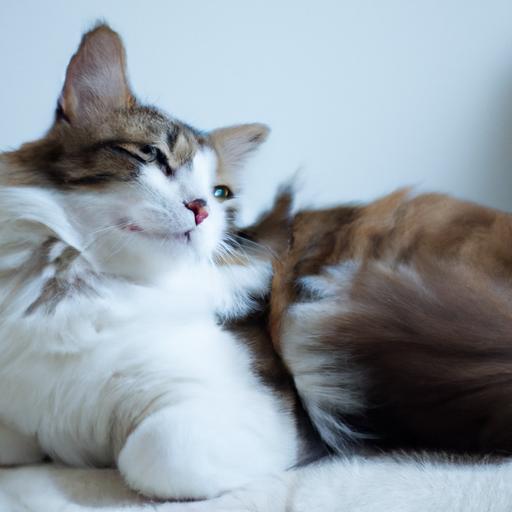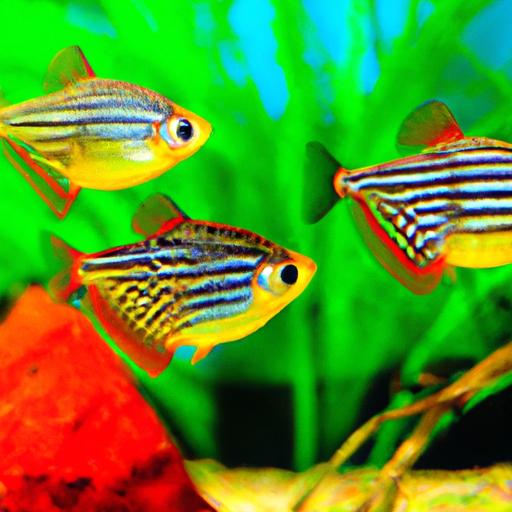
Recognizing Signs of Feline Hepatic Lipidosis
Learn how to recognize the signs of feline hepatic lipidosis and ensure early diagnosis for prompt treatment. Keep your furry friend healthy and happy.
Introduction
As cat owners, we strive to provide our feline companions with the best care possible. However, sometimes our furry friends can fall ill, and it’s crucial to recognize the signs and symptoms early on to ensure prompt treatment. One such condition that can affect our beloved cats is Feline Hepatic Lipidosis, also known as fatty liver disease. In this article, we will explore the key aspects of this condition, including its significance and the importance of early recognition and diagnosis.
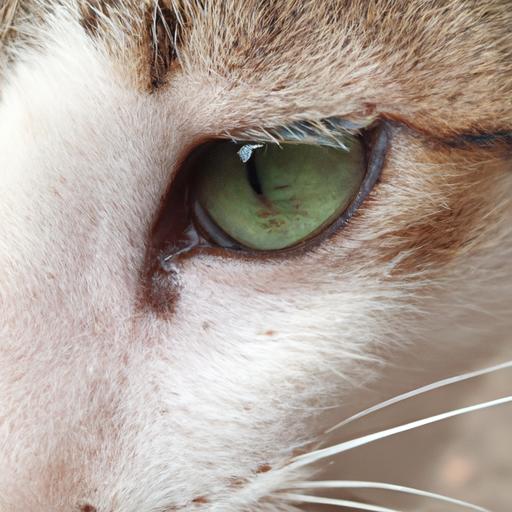
Recognizing Signs of Feline Hepatic Lipidosis
Recognizing the signs and symptoms of Feline Hepatic Lipidosis is pivotal in ensuring the well-being of our cats. Understanding the implications and being aware of the physical and behavioral changes associated with this condition can help us take immediate action. Let’s delve into the various aspects of recognizing this condition:
Physical Signs to Look Out For
When it comes to Feline Hepatic Lipidosis, there are several physical signs that may be indicative of the condition. These signs can vary from cat to cat but may include:
- Jaundice: One of the most noticeable signs is yellowing of the skin, gums, and whites of the eyes, which indicates liver dysfunction.
- Loss of appetite: Cats affected by Feline Hepatic Lipidosis may experience a sudden and severe loss of appetite, leading to weight loss.
- Vomiting and diarrhea: Gastrointestinal disturbances can occur, and affected cats may exhibit frequent vomiting and diarrhea.
- Lethargy and weakness: Cats may appear unusually tired, weak, and have reduced activity levels.
- Dehydration: Due to decreased food and water intake, cats with Feline Hepatic Lipidosis may become dehydrated, leading to dry skin and sunken eyes.
Behavioral Changes as Indicators
Apart from physical signs, behavioral changes can also provide valuable insights into a cat’s health. Cats affected by Feline Hepatic Lipidosis may exhibit the following behavioral changes:
- Increased hiding: Affected cats may retreat and hide more frequently, seeking isolation.
- Changes in litter box habits: Cats may experience difficulty in using the litter box or may show a decreased interest in maintaining their usual grooming routine.
- Irritability and aggression: Behavioral changes can manifest as increased irritability, aggression, or sensitivity to touch.
- Depression and withdrawal: Cats suffering from Feline Hepatic Lipidosis may display signs of depression, withdrawing from social interactions and losing interest in their surroundings.
Frequently Asked Questions (FAQs)
What are the common risk factors for Feline Hepatic Lipidosis?
Feline Hepatic Lipidosis can occur in any cat, but certain factors increase the risk. These include obesity, sudden weight loss, prolonged anorexia, diabetes mellitus, and stress. Cats that have undergone a period of fasting or have experienced a stressful event, such as a move or the addition of a new pet, are also more susceptible to developing this condition.
How is the condition diagnosed by veterinarians?
Diagnosing Feline Hepatic Lipidosis involves a thorough examination by a veterinarian. This may include blood tests, ultrasound imaging, and sometimes a liver biopsy. Blood tests can reveal elevated liver enzymes and bilirubin levels, indicating liver dysfunction. Ultrasound imaging helps visualize the liver and assess its condition, while a liver biopsy may be necessary to confirm the diagnosis.
What are the treatment options available for affected cats?
Treatment for Feline Hepatic Lipidosis focuses on providing nutritional support and addressing the underlying cause. In most cases, affected cats require hospitalization for intensive care, including the placement of feeding tubes to ensure adequate nutrition. Intravenous fluids may be administered to correct dehydration, and medications may be prescribed to support liver function. With appropriate treatment and monitoring, the prognosis for cats with Feline Hepatic Lipidosis can be favorable.
Can Feline Hepatic Lipidosis be prevented?
While it may not be possible to prevent Feline Hepatic Lipidosis entirely, there are steps cat owners can take to minimize the risk. Maintaining a healthy weight through a balanced diet and regular exercise can help reduce the likelihood of obesity-related conditions. It’s also crucial to monitor your cat’s eating habits and address any signs of decreased appetite promptly. Additionally, minimizing stress and providing a stable environment can contribute to overall feline well-being.
Conclusion
Recognizing the signs of Feline Hepatic Lipidosis is vital for ensuring the well-being of our cats. By being vigilant and attentive to physical and behavioral changes, we can seek veterinary assistance at the earliest indication of a problem. Early diagnosis and treatment increase the chances of a successful outcome for cats affected by this condition. Remember, maintaining a healthy lifestyle and promptly addressing any signs of illness are crucial in keeping our feline companions happy and healthy.
Remember, your cat’s well-being depends on your vigilance and proactive approach. By recognizing the signs of Feline Hepatic Lipidosis and seeking immediate veterinary care, you can make a significant difference in your cat’s life. Stay attentive, stay informed, and provide the best possible care for your feline friend!

